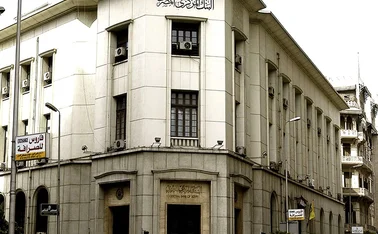
EU labour mobility is cyclical stabiliser – paper
Common market allows migration to markets looking for workers

The free movement of workers across the European Union works as a cyclical stabiliser, easing the pressure on countries with higher unemployment, says research published by the National Bank of Denmark.
The authors also observe inflows of workers from other EU member states increase when the labour market of a member state tightens. “Specifically, the estimation shows that a one percentage point reduction in the unemployment gap increases inflows of EU labour by an average of 0.0031% of the
Only users who have a paid subscription or are part of a corporate subscription are able to print or copy content.
To access these options, along with all other subscription benefits, please contact info@centralbanking.com or view our subscription options here: subscriptions.centralbanking.com/subscribe
You are currently unable to print this content. Please contact info@centralbanking.com to find out more.
You are currently unable to copy this content. Please contact info@centralbanking.com to find out more.
Copyright Infopro Digital Limited. All rights reserved.
As outlined in our terms and conditions, https://www.infopro-digital.com/terms-and-conditions/subscriptions/ (point 2.4), printing is limited to a single copy.
If you would like to purchase additional rights please email info@centralbanking.com test test test
Copyright Infopro Digital Limited. All rights reserved.
You may share this content using our article tools. As outlined in our terms and conditions, https://www.infopro-digital.com/terms-and-conditions/subscriptions/ (clause 2.4), an Authorised User may only make one copy of the materials for their own personal use. You must also comply with the restrictions in clause 2.5.
If you would like to purchase additional rights please email info@centralbanking.com test test test







